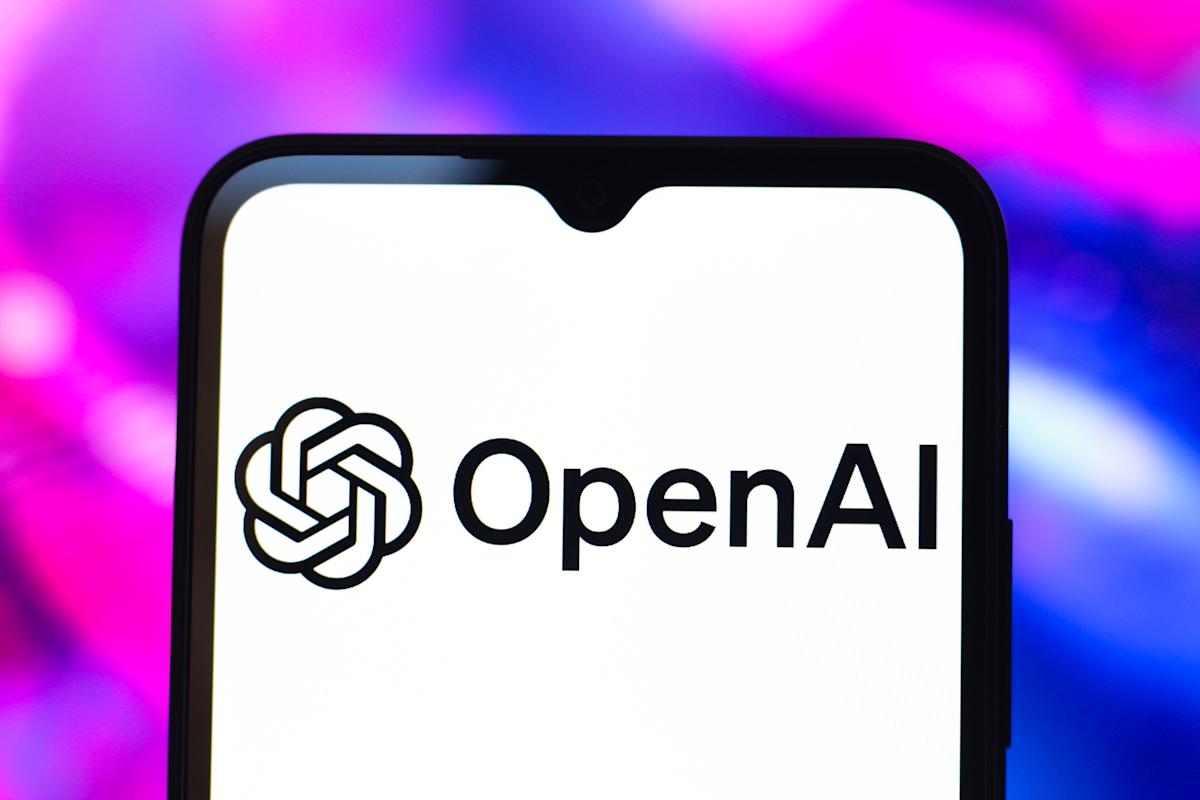OpenAI’s o3 AI Model Achieves Lower Benchmark Scores Than Previously Suggested

Discrepancies in OpenAI’s O3 Benchmark Results
Understanding the Benchmark Controversy
Recent talks around OpenAI’s O3 AI model have sparked discussions regarding transparency in benchmark testing. When OpenAI introduced the O3 model in December, they highlighted impressive results, claiming it could answer over 25% of the questions on the FrontierMath benchmark, a notoriously difficult set of math challenges. In comparison, the closest competitor reportedly managed to get only about 2% correct.
Mark Chen, the Chief Research Officer at OpenAI, noted during a livestream that they had achieved scores over 25% under "aggressive test-time compute settings." However, the claim raised eyebrows when independent evaluations conducted by Epoch AI, the organization responsible for FrontierMath, reported that O3 only scored around 10%. This finding has spurred debate about the accuracy and reliability of the data shared by OpenAI.
Differences in Testing Approaches
The gap between OpenAI’s claims and Epoch’s findings doesn’t indicate that OpenAI was intentionally misleading; rather, it showcases potential variances in testing conditions. OpenAI’s published benchmark results included a lower-bound score, which aligns more closely with what Epoch observed. Epoch noted that their evaluation might not exactly match OpenAI’s setup, as they employed a different version of FrontierMath for their tests.
Epoch stated, "The difference between our results and OpenAI’s might be due to OpenAI evaluating with a more powerful internal scaffold, using more test-time computing, or because those results were run on a different subset of FrontierMath." They referenced variations in the specific problems tested, raising questions about uniformity in benchmark evaluations.
Insights from Other Organizations
Further complicating matters, the ARC Prize Foundation, which evaluated a pre-release version of O3, confirmed that the public iteration is "a different model … tuned for chat/product use." This adds another layer of complexity, implying that the versions tested may not be directly comparable.
ARC Prize emphasized that all released O3 compute tiers are less capable than the version they tested, with larger compute models usually yielding better benchmark scores. Therefore, the ongoing dialogue about AI model benchmarking underlines the importance of scrutinizing claims made by companies in this competitive field.
The Bigger Picture of AI Benchmarking
The concern over benchmarking results isn’t limited to OpenAI. The AI industry has recently seen a spike in controversies surrounding these evaluations. For instance, Epoch faced criticism in January for delaying the disclosure of OpenAI’s funding until after the announcement of O3, with some academics involved in FrontierMath remaining unaware of this relationship until it became public knowledge.
Separately, controversy surrounded Elon Musk’s xAI and its latest model Grok 3, with accusations of publishing misleading benchmark data. Likewise, Meta acknowledged promoting benchmark scores for a model that wasn’t equivalent to the one available to developers.
Key Takeaways
- OpenAI’s O3 model claimed impressive scores on the FrontierMath benchmark, causing some skepticism when independent assessments reported significantly lower results.
- Differences in testing conditions and model versions have led to confusion and debate over the accuracy of these benchmarks.
- The recent trend of benchmarking controversies in AI highlights the need for critical evaluation of claims from tech companies, as models and results can vary widely.
The situation serves as a reminder to approach benchmark claims with caution, especially from organizations that have a vested interest in promoting their AI solutions.






